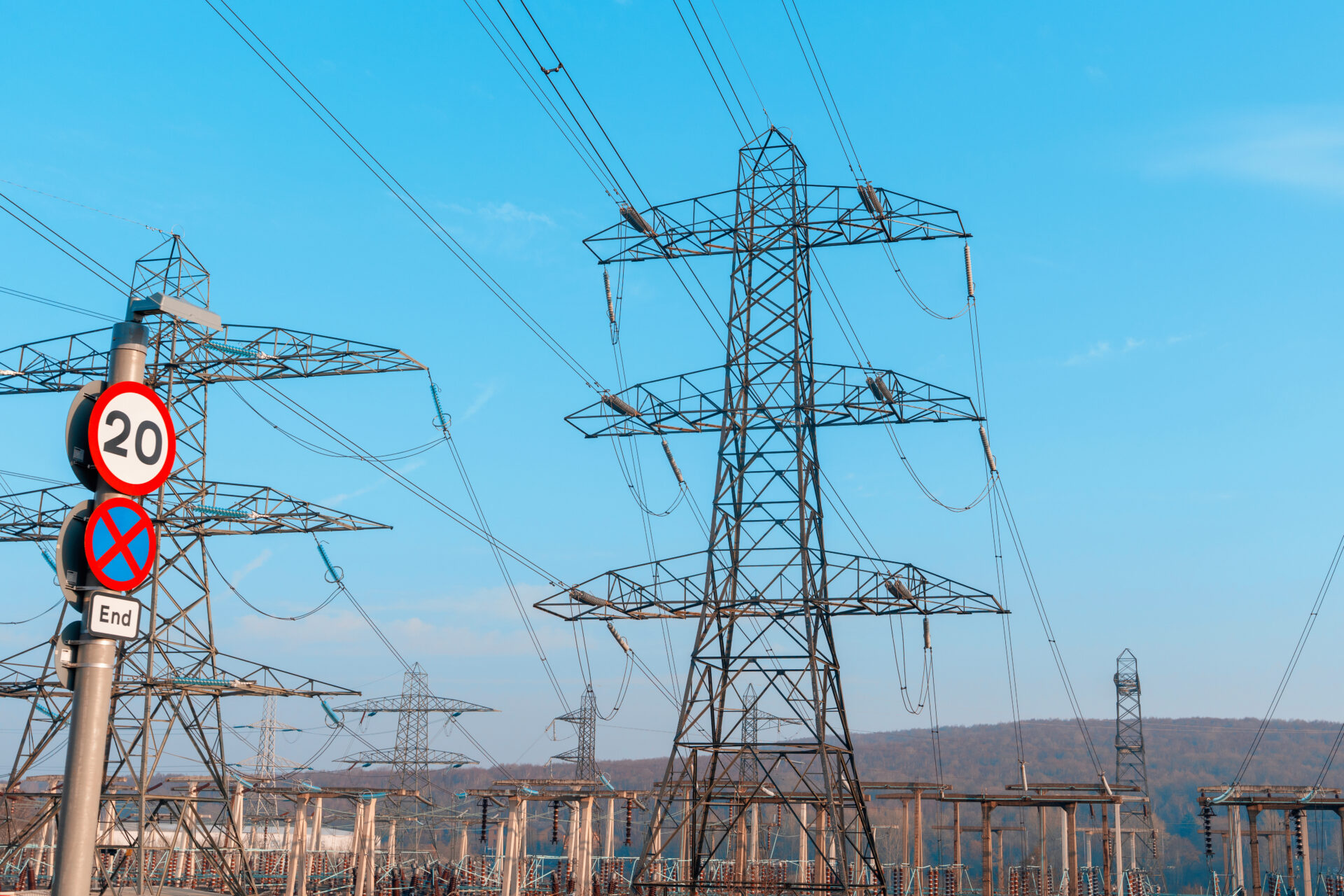The regulator’s switch to a merit-based connection system could unleash long-stalled battery and renewable projects – provided industry, policymakers and communities seize the moment with data-driven collaboration, says Aazzum Yassir, Director of Technology and Operations at Pulse Clean Energy.
The UK’s clean energy sector has much to celebrate. After years of advocacy from industry leaders, developers, and climate experts, Ofgem has unveiled transformative reforms to the grid connection process that will accelerate the deployment of renewable and flexible energy resources across the country.
But we can’t pause for too long to celebrate. Now comes the hard part: ensuring this long-overdue progress delivers real-world impact. The question is no longer whether we can accelerate clean energy deployment, but how we ensure it delivers the greatest value to the public, the climate, and the grid. How can we turn this policy breakthrough into a new era of better, faster, and fairer energy infrastructure?
Breaking through the connection bottleneck
For years, clean energy developers across the industry have faced a common challenge: technically sound and fully funded projects remained stuck in grid connection queues for extended periods. This wasn’t merely an administrative hurdle, it impeded Britain’s progress towards its Clean Power 2030 ambitions and energy security goals.
Ofgem and NESO’s recent grid connection process reforms represent a watershed moment for the entire sector. After decades of operating under a first-come, first-served system that often allowed speculative projects to reserve capacity they might never use, the UK is now moving to a merit-based approach that prioritises projects ready to deliver immediate benefits.
The timing couldn’t be better. If we take a look at battery storage technology, the UK’s total project pipeline currently contains a total of 127GW of capacity. Within this, 61% of capacity are projects that have either submitted an application and are awaiting a decision or are at an early stage of development such as screening or scoping. Without reform, many might never have advanced beyond planning stages.
Opening up these opportunities is crucial. In recent years, battery storage has become a fundamental pillar of the energy transition, performing the critical function of balancing energy supply and demand. By storing energy during peak generation and releasing it when there’s high demand, storage technology addresses the intermittency of renewable generation to deliver a reliable supply of power,when the alternative would be firing up gas peaker plants.
A smarter way to connect to the grid
While the headlines focus on connection queue reform, the real opportunity lies in how the sector can use this moment to fundamentally rethink energy infrastructure deployment. Speed is only part of the story. What matters just as much is making smart decisions, about where to build, what to build, and how to deliver maximum value.
For example, a battery in rural Scotland, where renewable curtailment is common, delivers different system benefits than one near London, where peak demand constraints are the primary concern. Our regulatory and market frameworks should reflect these differences.
Fundamentally, all planning decisions should be transparent and data driven. The UK is already moving towards open grid data frameworks, aligned with International Energy Agency recommendations on anticipatory investment, but implementation remains uneven across distribution networks. The more we understand about real time and projected network capacity and system needs, the better equipped we are to deliver targeted, effective solutions.
Unlocking the opportunity together
With £40 billion in annual investment expected to flow into the UK’s clean power sector, it’s clear the industry is entering a transformative phase. The connection queue reform is a catalyst, releasing the potential of infrastructure that’s already under development and signalling to investors that the UK is serious about accelerating delivery.
Faster connections mean we can deploy storage and stability projects where and when they’re needed, creating jobs, reducing energy bills, and improving energy resilience across the communities we serve.
But the success of these reforms ultimately depends on effective collaboration between industry, regulators, network operators and communities.
There’s a clear sense now that the UK’s clean energy transition is gathering pace. Ofgem’s queue reform is part of a wider movement-from NESO’s system planning vision to industry-led innovation-that’s driving towards a grid that is not only cleaner, but smarter and more responsive. Together, we can build a grid that doesn’t just power the UK, but powers progress.


